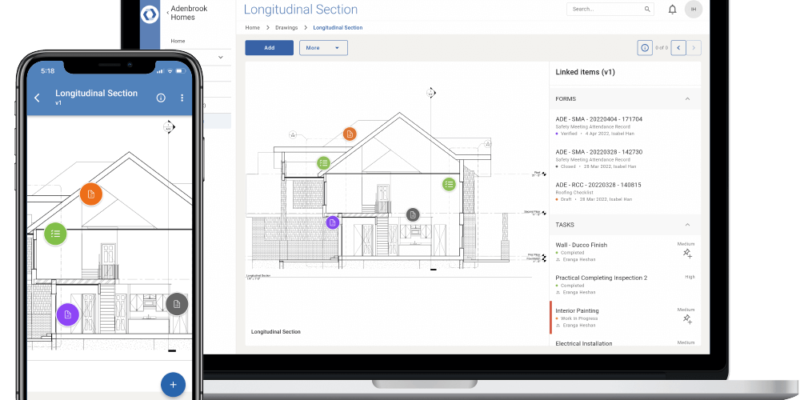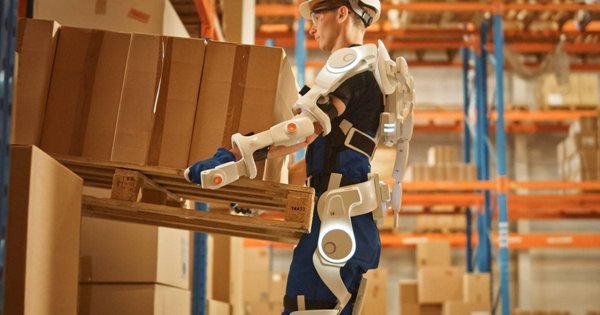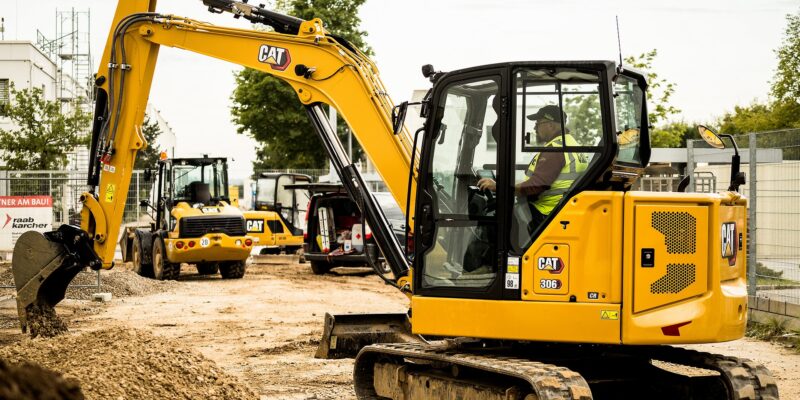March is Women’s History Month, so what better time to highlight the women who have made a difference in construction!
From ancient times to the modern era, women have played crucial roles in shaping the building environment, often overcoming obstacles and prejudices to leave an indelible mark on the industry.
Here are just a few of their contributions:
Ancient Builders and Architects
The history of women in construction dates back to ancient civilizations, where women were involved in various aspects of building and architecture. In ancient Egypt, women worked alongside men in constructing grand monuments like the pyramids, with archaeological evidence suggesting that women were involved in tasks like brickmaking, hauling stones, and even supervising construction projects.
Medieval Craftswomen
During the medieval period in Europe, women continued to contribute to construction, particularly in the realm of craftsmanship. While men dominated guilds and trade associations, women were involved in trades such as carpentry, masonry, and thatching. Their expertise can still be seen today in the intricate woodwork, stone carving, and decorative elements adorning cathedrals and castles across Europe.
Renaissance Innovators
The Renaissance era saw a burgeoning interest in architecture and engineering, and women played pivotal roles in advancing these fields. For example, Italian noblewoman Caterina de Vigri is believed to have designed and overseen the construction of several buildings in 15th-century Bologna. Historians are still reviewing her architectural drawings and writings today, which reflect a keen understanding of both structural and design principles.
Modern Pioneers
The 19th and 20th centuries witnessed both the rise of women in construction and significant societal barriers to them doing the work they loved. Still, they persevered, and the industry is better for it. One of the most well known, Emily Roebling, is often hailed as one of the female pioneers of engineering, as she played a pivotal role in the construction of the Brooklyn Bridge. Following her husband Washington Roebling’s illness, Emily assumed responsibility for overseeing the bridge’s construction, demonstrating exceptional leadership and engineering prowess.
Trailblazers of the 20th Century
As the 20th century progressed, even more women began entering the construction industry. Lillian Moller Gilbreth, an industrial engineer and efficiency expert, made significant contributions to the field of construction management. We should be grateful for her pioneering work in time-motion studies and ergonomics: it revolutionized construction practices, and led to safer and more efficient worksites.
Contemporary Icons
Women continue to make their mark in construction today, holding key positions in design, project management, and executive leadership. Renowned designer Zaha Hadid shatters glass ceilings with her avant-garde designs and innovative approach to architecture. Her iconic structures, characterized by fluid forms and bold geometries, have left an indelible imprint on skylines worldwide.
Women of the Future
Despite the progress made, women in construction still face challenges such as gender bias, unequal opportunities, and workplace harassment. However, initiatives promoting diversity and inclusion, along with advocacy for equal representation, are gradually transforming the industry’s landscape. Organizations like the National Association of Women in Construction (NAWIC) provide support, networking, and advocacy for women in the field.
At Steadfast Entities, LLC, we support diversity in construction through our partnership with IUOE Local 542, which is a blend of heavy equipment operators in building and construction. These highly trained, experienced workers are available for all your staffing needs, and are guaranteed on-site when scheduled.
Contact us today to find out how our talented workers can help you get the job done right!







